Violist and composer Jessica Meyer outlines why players should step out of their comfort zone with creating music, and why they may be better equipped for the practice than they realise
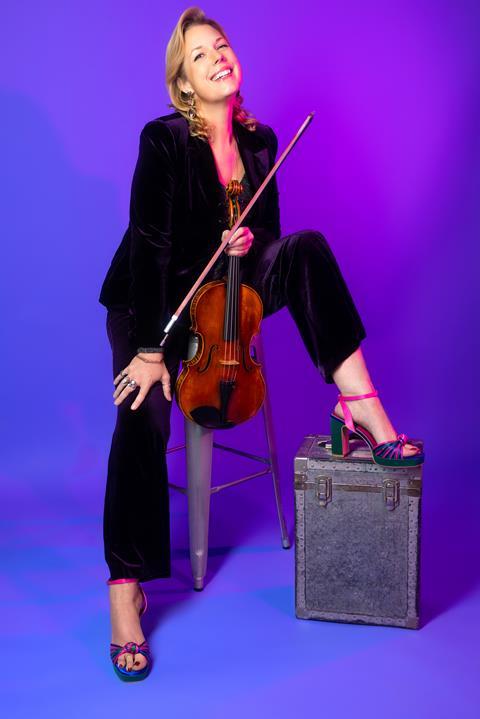
Discover more Featured Stories like this in The Strad Playing Hub
5. We become better players
Once I started writing for myself and looper, and performing those pieces anywhere I could, I became a far more virtuosic player. When you regularly hear and feel the sounds you want, then immediately play them, your technique and ability to expressively interpret others’ music grows tremendously.
For the past decade, I have taught workshops where I take a group of players of varying abilities and get them to make up their own music. After guiding them through a structured improv that slowly takes away some enabling constraints, they set out into groups to make a 60 second composition expressing a particular emotion. Every single time I am astounded by the music they make because some passages are technically or musically way more advanced than their current level. Why? Because they were too busy having fun finding just the right sound to portray the feeling or energy they were trying to express to be concerned about what they can or can’t do. What if we take the concept of composing a little less seriously, and instead have fun while making choices about sound?
4. We know how to hivemind
I always have to remind my clarinetist husband that playing in a string section is so very different than playing in a clarinet section while in orchestra. Yes, blending is super important in all wind and brass sections (and when that’s tight, it’s a really special thing). However, in a particular string section we are often called to melt into a unison sound that needs to ring just right in relation to the other string sections.
In a really great section, you develop this special ESP akin to moving like a flock of birds; where even in the back rows you can anticipate how the color, articulation, rhythm, and intent can be felt through the ranks as we breathe while part of this undulating energy blob. We know that feeling of creating homogeneous sounds in our bones, so playing around and combining ones for larger ensemble is not so far-fetched. Add years of sitting in the middle of an orchestra hearing how the greats orchestrated, I think we know plenty in order to get started creating our own works.
3. We know what feels good
It is simply harder for composers who do not play stringed instruments to grasp what is really possible with our hands. There seems to be a lot of fear because many composers have been ’burned’ in the past for writing things that were not exactly effective or possible, so they err on the side of caution (or, we play a piece where we secretly wished they did).
Much of knowing what is possible with our left hand takes tactile feeling, yet we also know some secret tricks that just go beyond fingerboard charts (i.e. passages in my viola concerto GAEA sound hard, but open strings make it fun and totally doable). And the bow? It’s like learning a specific language where the slightest change in intonation can affect meaning.
The sheer number of sounds we can perform are endless. We know how to go from the whispered and fragile to hugely ringing and resonant, from sizzling and pulsating shimmers to static massive walls of sound, from quick sweeping gestures to glacially slow shifts of evolving, and how to play melodies pulled across a horizon of textures to vertically digging percussive grooves.
It’s easier for us to learn a notation program or dig deep into some music theory or orchestration beyond what we already inherently know, than it is for a composer to really learn and intuitively feel the ins and outs of all our sounds and techniques. We hold valuable insider information that we, as artists, could be sharing with the world and the string players of the future.
Watch Jessica Meyer perform her GAEA Concerto for Viola here:
2. We have a style for every season
For each time period, there evolved a specific performance practice that tapped into certain expressive qualities of our instruments. The raging vibrato of the late romantic era feels painfully out of place when playing Vivaldi and Bach. The heavy and light metric beat structure combined with the released bow strokes of the Baroque Era won’t cut it when playing Mahler, just like how a light and jazzy syncopated shuffle stroke simply does not work when deep in Shostakovich sarcasm.
Yet, if we have been performing and studying for any length of time, all of these sounds live in our bodies, and we can pull any of them out to express what we want in the pieces we interpret. Why not start using them in pieces we create ourselves in whatever combinations we want to express what we need?
Even after considering the expansive pallet of sounds modern composers have given us since the 1950s, I dare say there are even more combinations of special sounds to be discovered and expressed by those of us who know our instruments so intimately well.
1. We have those who came before us
Many of the composers we celebrate year after year were string players. Vivaldi, Corelli, Telemann, Bach, Hadyn, Mozart, Beethoven, Schubert, Brahms, Dvořák, Elgar, Strauss, the other Strauss, Sibelius, Hindemith, Schoenberg, just to name a few. These days, nothing makes a string player happier than to find out another string player wrote the piece they are about to play. We feel cared for, excited, curious, and understood. We know that some passages might be hard to work up, but we are up for the challenge knowing they know what we know.
So why not consider being one of them? You could start by just writing a piece that is a gift for yourself or some dear friends. We know the sounds we love, we know what feels fun, we know what feels good, and we know what sounds make other folks feel.
Composers of today who originated as string playing friends and colleagues include Jessie Montgomery, Caroline Shaw, Paul Wiancko, Michi Wiancko, Nokuthula Ngwenyama, Mazz Swift, David Fulmer, Kenji Bunch, and now Andrew Yee, Michelle Ross, Curtis Stewart, Karen Ouzounian, and (please forgive me, I know I am missing a bunch of you, sorry!).
Whether it be for orchestras and beyond or just for themselves, every time I turn around another string player I know is starting to write - and that makes me…really happy.
Jessica Meyer’s album I Long And Seek Afterwill be released on 22 March 2024. Stay up to date with more information here: https://jessicameyermusic.com/i-long-and-seek-after-album-by-jessica-meyer/
Listen: The Strad Podcast #112: making musical choices with violist and composer Jessica Meyer
Read: ‘Grief never seems to go away’: violinist and composer Curtis Stewart
Read more Featured Stories like this in The Strad Playing Hub
The number one source for playing and teaching books, guides, CDs, calendars and back issues of the magazine.
In The Best of Technique you’ll discover the top playing tips of the world’s leading string players and teachers. It’s packed full of exercises for students, plus examples from the standard repertoire to show you how to integrate the technique into your playing.
The Strad’s Masterclass series brings together the finest string players with some of the greatest string works ever written. Always one of our most popular sections, Masterclass has been an invaluable aid to aspiring soloists, chamber musicians and string teachers since the 1990s.
American collector David L. Fulton amassed one of the 20th century’s finest collections of stringed instruments. This year’s calendar pays tribute to some of these priceless treasures, including Yehudi Menuhin’s celebrated ‘Lord Wilton’ Guarneri, the Carlo Bergonzi once played by Fritz Kreisler, and four instruments by Antonio Stradivari.

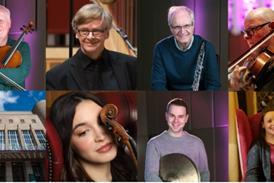
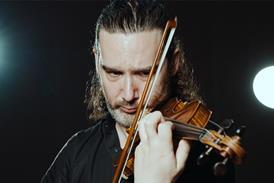






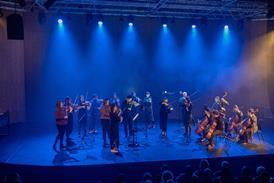

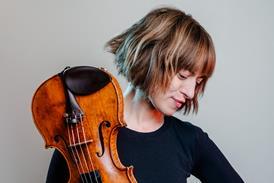
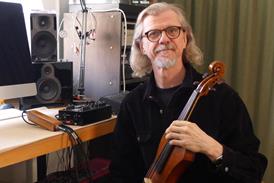



















No comments yet